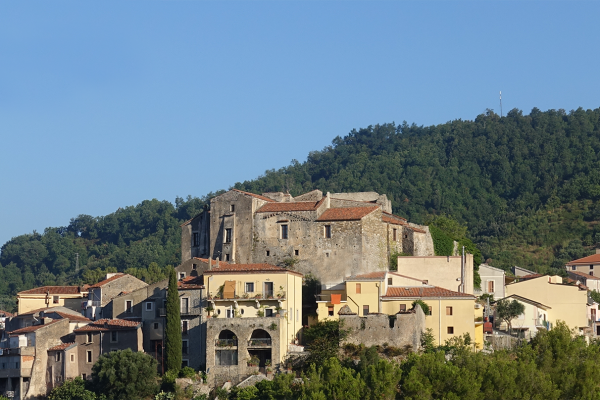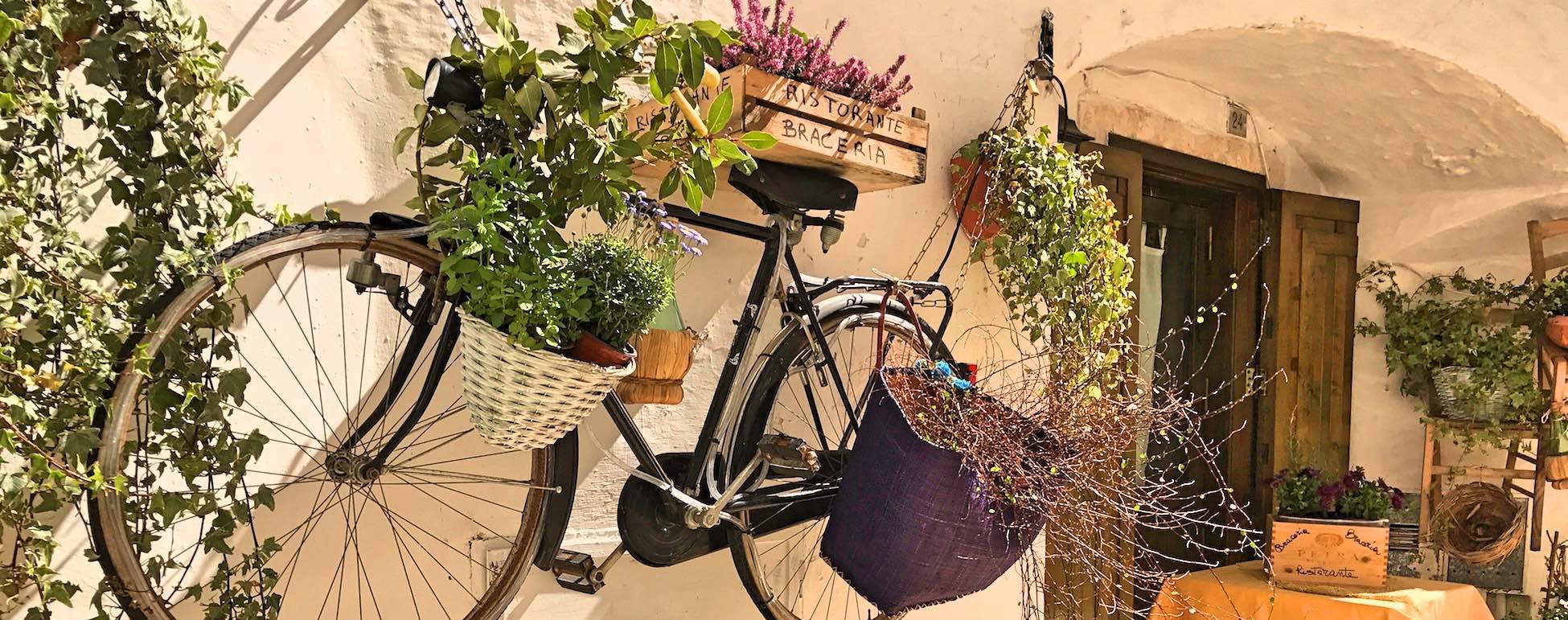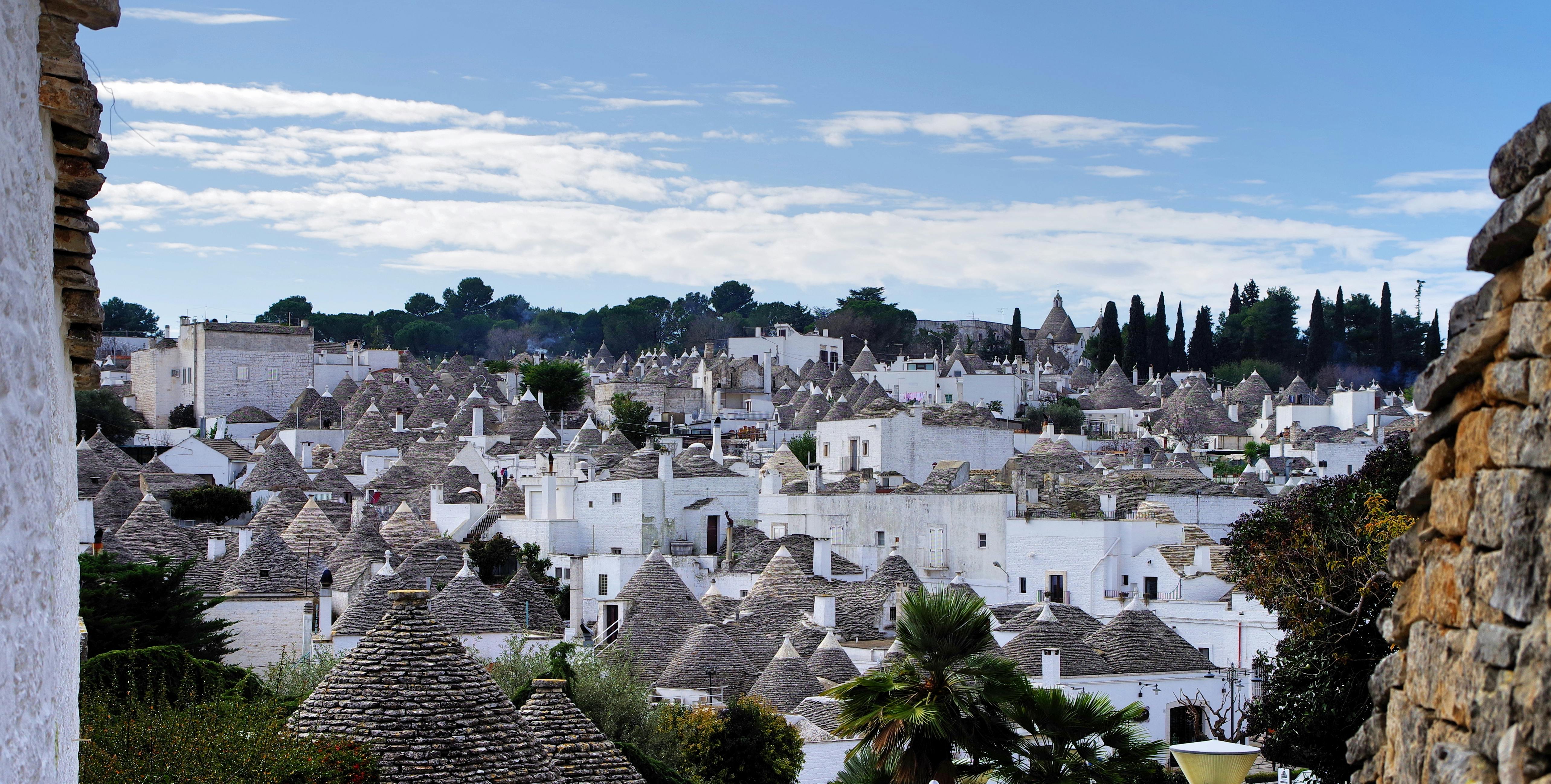Torraca is a hidden jewel in the south of Italy: from the village you can admire the Bulgheria massif which curves and sinks into the sea, on one side, and Maratea on the hill, on the other. Its breathtaking landscapes, immersed in the boundless horizon of the sea, are indescribable.
Torraca has a very ancient history, as evidenced by the remains of some Roman farms dating back to the 4th century.
The pretty mediaeval village is perched on a hill, with its characteristic terraces and winding alleys that recreate a typical atmosphere of peasant civilization. The hills that dominate the gulf among the cork trees enrich the landscape making it even more evocative, especially at sunset, among a mixture of sand and pebbles.
The history of Torraca is linked to an important episode of the Italian Risorgimento: in June 1857, Carlo Pisacane held a famous speech in the town which incited the people to follow him and rise up against the tyrants.
Torraca was very famous for its coppersmiths, craftsmen who made and repaired iron or copper boilers. They toured all of Europe for their skills and their services, with the beginning of overseas migrations, they also began to travel to the Americas.
Since 2007, Torraca has been the first Led City, i.e. the first city in the world with LED public lighting.
You could decide to spend a weekend in Torraca or discover it in passing with one of our tours:
⇒Trekking in Cilento: Cammino di San Nilo
What to see in Torraca
We have prepared a list of things to see in Torraca, to admire the beauty of this fascinating gulf of Campania in peace:
- Palamolla Baronial Castle
- Bifani Palace
- Church of San Pietro Apostolo
- Madonna Cordici Sanctuary
- Church of San Fantino
And now let's set off together to discover the most evocative places in Torraca!

Baronial Castle of Palamolla
The Castle rises imposingly on a spur of rock, which dominates the entire coast. Built around the 16th century on the remains of a mediaeval castle, it became the home of various dynasties, maintaining unchanged over time the severe and majestic character characterised by its high walls with crenellated walls. Today municipal property, university headquarters and conference centre. Inside you can admire the collections of ancient weapons of the Palamolla family and several paintings depicting the Madonna and San Michele.
Bifani Palace
Built with local stone and wooden floors, it has a three-storey high structure. It is currently in a state of abandonment and decay, but due to its peculiarity the Ministry of Cultural Heritage has declared the building of historical and cultural interest. Its rooms host an interesting book collection with valuable nineteenth-century manuscripts.
Church of San Pietro Apostolo
The church dedicated to the apostle Peter is presumed to have been built towards the end of the 9th century. During the eighteenth century it was radically transformed and restored again in the early twentieth century as evidenced by the decorations in the nave. This church preserves a valuable seventeenth-century basin, used as a baptismal font. Its shape is a Latin cross, divided into three naves with three access doors. The bell tower built around the 19th century rises on three floors.
Madonna Cordici Sanctuary
The church is located on an enchanting hill. Tradition has it that a group of emigrants coming from the sea left a statue dedicated to the Virgin Mary on an oak tree in the Cordici district. Some Torraca’s people decided to build a small church to house the statue of the Madonna, so the chapel dedicated to the Madonna of Cordici was built. The most reliable historical sources, however, trace the discovery of the statue back around 1300 to some Basilian monks, who came from Asia to escape the persecutions against the cult of sacred images: the monks brought the devotion of the Madonna to southern Italy who was then the church dedicated.
In 1600 the plague claimed numerous victims and the people of Torraca entrusted themselves to the Madonna, consecrating the town to her protection. Over the centuries there are numerous historical testimonies of the protection of Santa Maria dei Cordici towards her devotees of Torraca; in 1779 it is said that the village was made invisible by Mary who thus saved it from destruction by the French troops. The church has been recognized as a Diocesan Sanctuary for all the devotions of the many faithful who come every year from the entire gulf of Policastro.
Church of San Fantino
A few kilometres from the town centre you can admire the remains of a small and evocative monastic church, with late Middle Ages architecture, dedicated to San Fantino the Younger. In 950, when the Saracens attacked the monasteries of the Mercurion region, on the borders between present-day Calabria and Basilicata, S. Fantino fled north and began to wander until he reached Cilento.
Now without a roof, the church is immersed in nature. This mystical place is significant for San Nilo way because it tells of the presence of the Saint, who became an important teacher of San Nilo.
The structure is today located inside a farmhouse, but can be freely visited by all walkers.
What to do in Torraca - the Slow Active Tours proposal
Once you have discovered the wonders hidden in the streets of the historic centre, in the shadow of the ancient village, the time has come to get into the heart of suggestive activities. For this reason we suggest some things to do in Torraca that you absolutely cannot miss!
-
Bosco Mancosa and Bosco Buttino
A short distance from the town of Torraca, it is possible to admire two wooded areas dominated by incredible and unique specimens of chestnut, walnut, cherry and holm oak trees. Let yourself be led by the enchanting atmosphere of uncontaminated nature into a fairy-tale setting. It is not infrequently possible to admire some specimens of badgers and foxes that have found their natural habitat in these corners of nature.
-
Cammino di San Nilo
If you love immersing yourself in nature, visiting small villages perched on the hills and wish to end the day admiring the extraordinary colours of a sunset that disappears into the blue of the sea, then the Cammino di San Nilo is the one for you!
In fact, Torraca is only a few kilometres from Sapri, the starting point of this new and incredible journey that we at Slow Active Tours propose in 8 exciting stages.
Popular festivals and celebrations in Torraca
Torraca hosts numerous traditional and cultural events that offer visitors the opportunity to immerse themselves in the local culture.
One of the most famous events is the Sagra degli Antichi Sapori, which takes place in August. It is a food and wine festival to celebrate the typical products of the area.
An event not to be missed is the historical re-enactment of the arrival of the Sovereign of the Kingdom of the Two Sicilies, Ferdinand II of Bourbon, which took place in Torraca on 15 October 1852. For the occasion the village dresses up with the evocative parade, in period clothes, up to the Castle.
Another important tradition is the Carnival of Torraca, a cheerful and colourful event that involves the entire village with parades of allegorical floats, shows and music.
Various associations also dedicate themselves to the feast dedicated to the Madonna of Cordici twice a year on 3 March and 8 September, to remember the miracle of 3 March 1799, when a thick fog made the town invisible, thus saving it from the assault of the French troops.
Typical dishes of Torraca
Among the typical dishes we find Lucanian fusilli, a variety of handmade pasta with the skill of pasta makers, seasoned with meat sauce and pecorino cheese.
A delicious dish not to be missed boasts the use of a particular sausage produced locally, which was awarded the prize for best salami in the Mediterranean in 2015. It is characterised by a unique, spicy taste and the total absence of preservatives. The embers then enhance the flavour, and here it is often accompanied with a glass of Aglianico del Vulture, a red wine produced in the region.
Pescatora anchovies, Faicchiana ciangotta, poached octopus and sfogliatelle ricce cannot be missed when tasting this Mediterranean diet, a balanced dietary model that brings health and well-being to the body.
Eating and Drinking in Torraca
Among the restaurants in Torraca, we recommend some that are worth visiting:
L'Osteria del Sergente in Cesare Battisti street, 19. Welcoming location where the goodness of the raw materials is enhanced with typical home-grown products.
La Madonnina in San Rocco street, 1. A trattoria where you can taste typical dishes with home-made recipes and genuine ingredients. Location on a hill welcoming even for children.
Pizzeria bar L'Incontro in Cesare Battisti street. Exaltation of tradition with excellent quality of prepared products and wisdom. The wonderful experience is completed by the friendly staff, a welcoming environment and short waiting times.
So what are you waiting for? Get your stuff ready and off you go!





